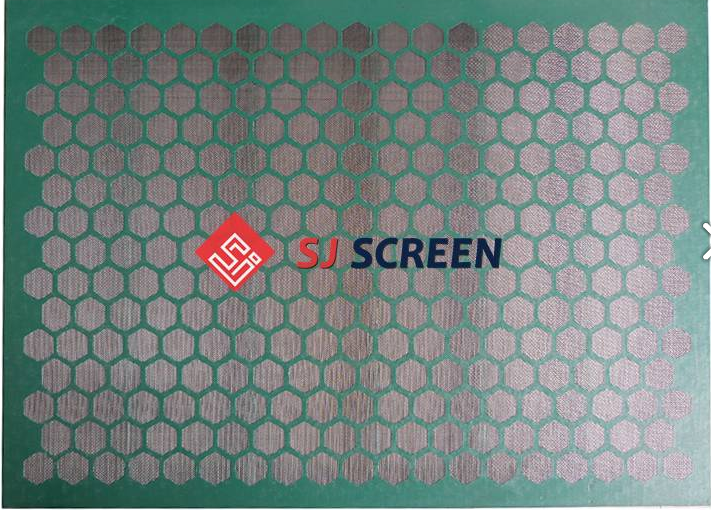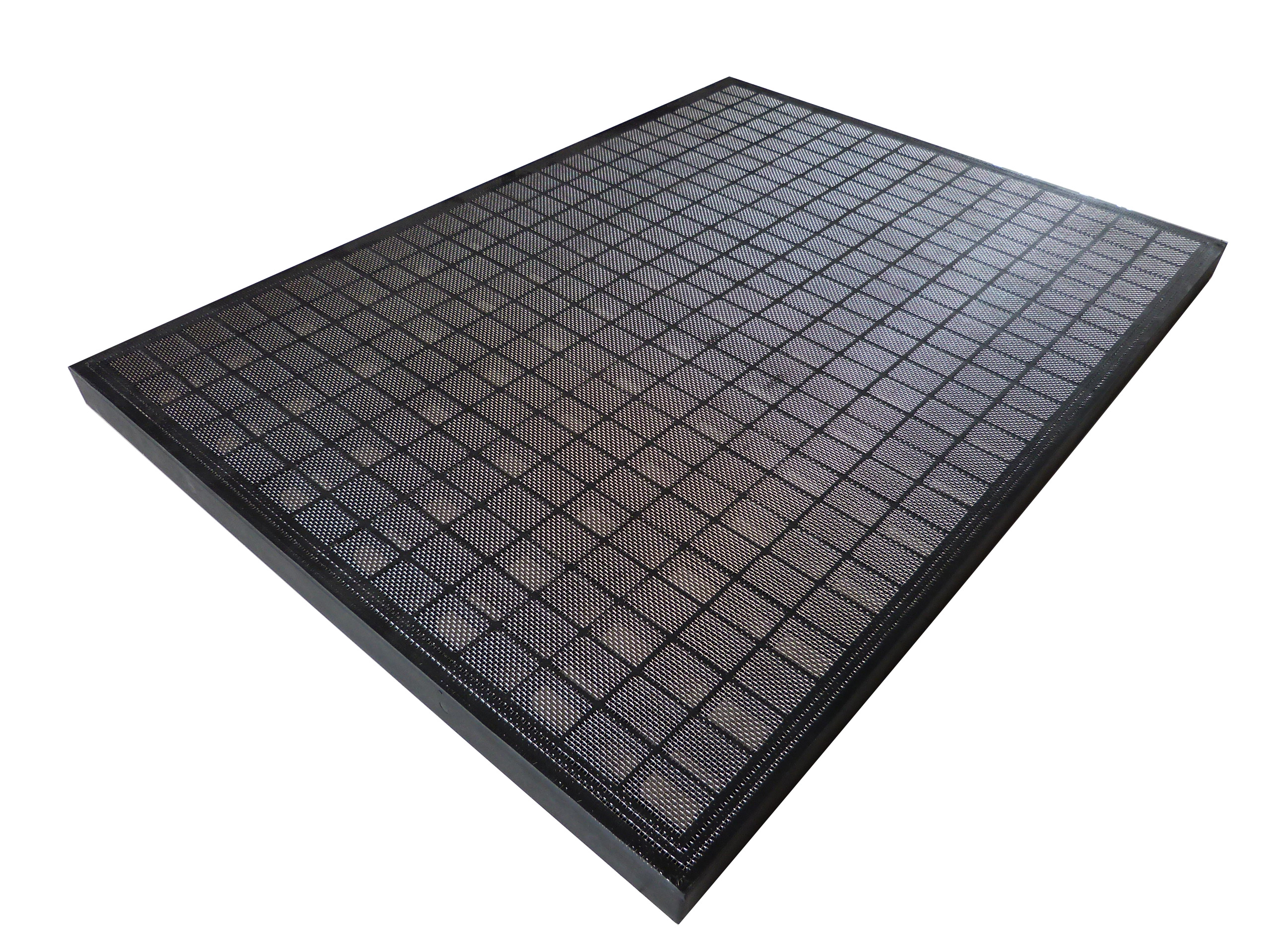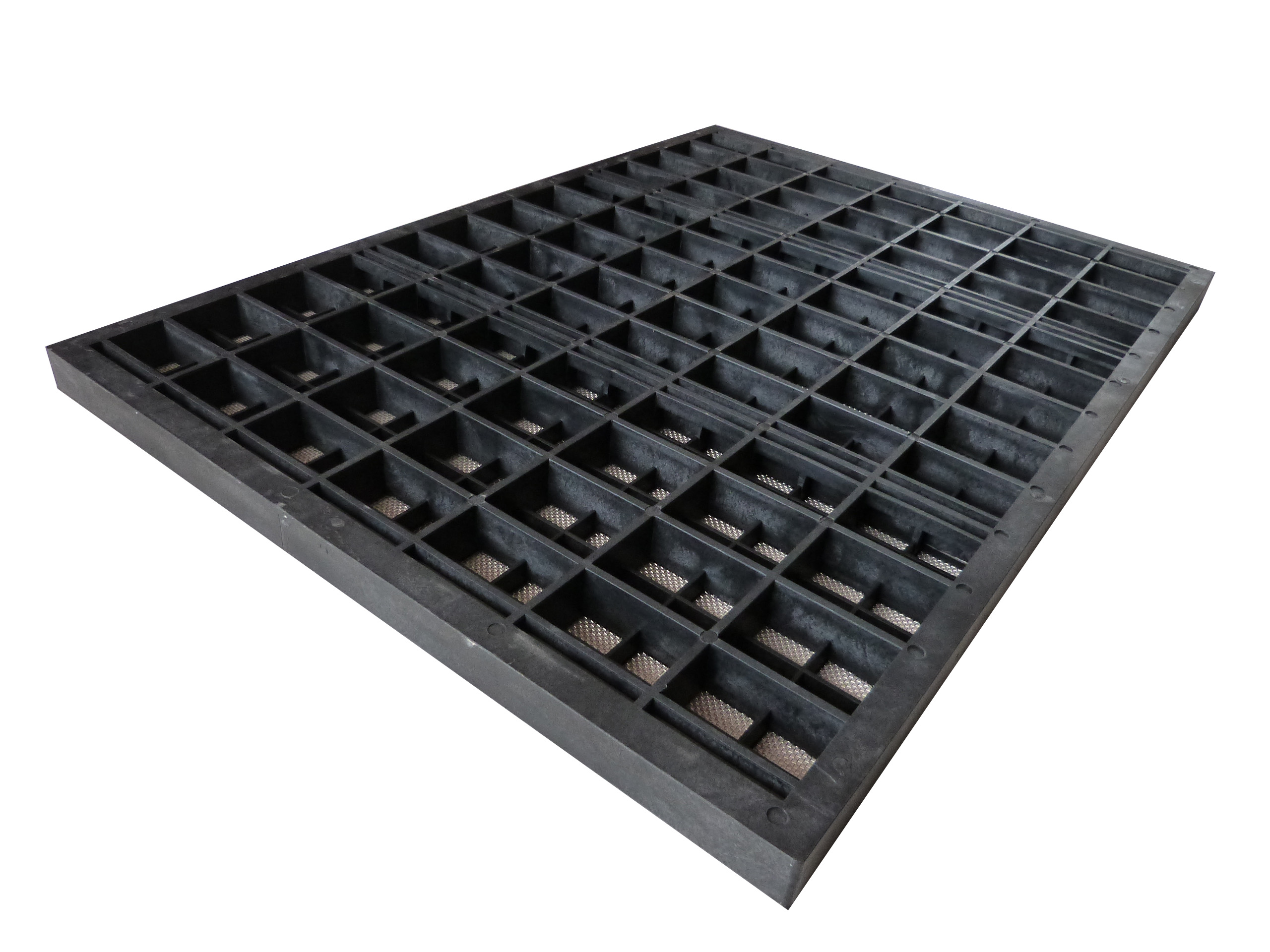The expansion of the number of genes in the TAG synthesis pathway of Nannochloropsis oculata and its evolutionary origin Recently, the Institute of Bioenergy and Bioprocess Technology of the Chinese Academy of Sciences has made new progress in the study of genetic and evolutionary mechanisms of oil production by microalgae. The researchers used the species Nannochloropsis as a model organism to systematically elucidate the genetic basis and evolution mechanism of high-yield oil traits, providing a solid foundation and new ideas for the screening and breeding of high-yield oilseeds. Related results were published online on PLoS Genetics on January 9, 2014. Some photosynthetic microalgae in nature have high oil yield, fast growth rate, and strong environmental adaptability. They can be cultivated on marginal land with seawater or wastewater, so they have received extensive attention as a new type of biodiesel crop. However, the genetic and evolutionary mechanisms of high oil production are still unclear. Nannochloropsis is a wild, high-yield oleagin that is widely distributed in the ocean and can be grown on a scale throughout the world. The functional genome team of Qingdao Energy Institute's Single Cell Research Center Wang Dongmei and Ning Kanghe's Ph.D. Li Jing, etc., through the genome analysis and comparison of six strains of Nannochloropsis sp. strains belonging to five lineages, found in fatty acid synthesis and triglyceride The number of copies of the key functional enzyme genes in the TAG assembly pathway is significantly increased (gene dose expansion), and the gene number expansion of this specific metabolic node is prevalent in different strains of Nannochloropsis. This constitutes the genetic basis for efficient synthesis of TAG from Nannochloropsis (Figure A). Among them, Nannochloropsis oceanica carries the most abundant diacylglycerol acyltransferase (DGAT) in the known genome, and this enzyme catalyzes the last step of the TAG synthesis pathway. After excluding the possible causes of gene level transfer, gene duplication, and gene transposition, the researchers found that out of 11 DGAT-2 genes, one gene was derived from a secondary symbiotic red algae symbiont and four from a secondary symbiotic. Symbiotic symbiotic green algae, while the other six genes may be derived from secondary symbiotic eukaryotic host cells (Figure B). In addition, a significant proportion (15.3%) of TAG synthesis-related genes may have originally originated from bacteria and have been transferred to the marine Nannochloropsis genome at the gene level. Therefore, the powerful oil production mechanism of Nannochloropsis is derived from the secondary gene transfer of multiple genomes and the level of bacterial gene transfer, and benefits from the parallel stable inheritance of key oil-producing genes in various evolutionary strains. The study was conducted by Xu Jian, Director of the Single Cell Center of Qingdao Energy Institute, supported by the National Fund Committee's major international cooperation projects and the International Cooperation Program of the Innovation Team of the Chinese Academy of Sciences. Professor Hu Qiang and Professor of the University of Maryland, Arizona State University, USA Feng et al. also participated in the study.
Brandt Vsm 300 Scalping Shaker Screen
SJ-Brandt VSM 300 Scalping shaker screen is manufactured as the replacement screen for Brandt Vsm 300 Shale Shaker. It is installed on the top deck of the VSM 300, which are used to scalp off large volumes of solids. Thus protecting the finer mesh , The scalping screen is usually sized from API 10 to API 325, ShengJia promises you high quality VSM 300 screen at reasonable price. And there are steel frame and composite screens optional.
Technical Parameter
Adaptable Shale Shaker Model
SJ-Brandt VSM 300 Scalping shaker screens are used as the substitute screen for
Remarks:
Brandt, VSM 300, Scalping are marks of Varco I/P, Inc.
ShengJia only produces the replacement screens but not original from Brandt.
Brandt VSM300 Scalping Shaker Screen Brandt Vsm300 Scalping Shaker Screen,Vsm 300,Screen Mesh Sizes,Deck Screens Anping Shengjia Hardware Mesh Co.,ltd , https://www.oilshakerscreen.com
Replacement Scalping Screens for Top Deck of Brandt Vsm 300 Shaker
Competitive Advantage




